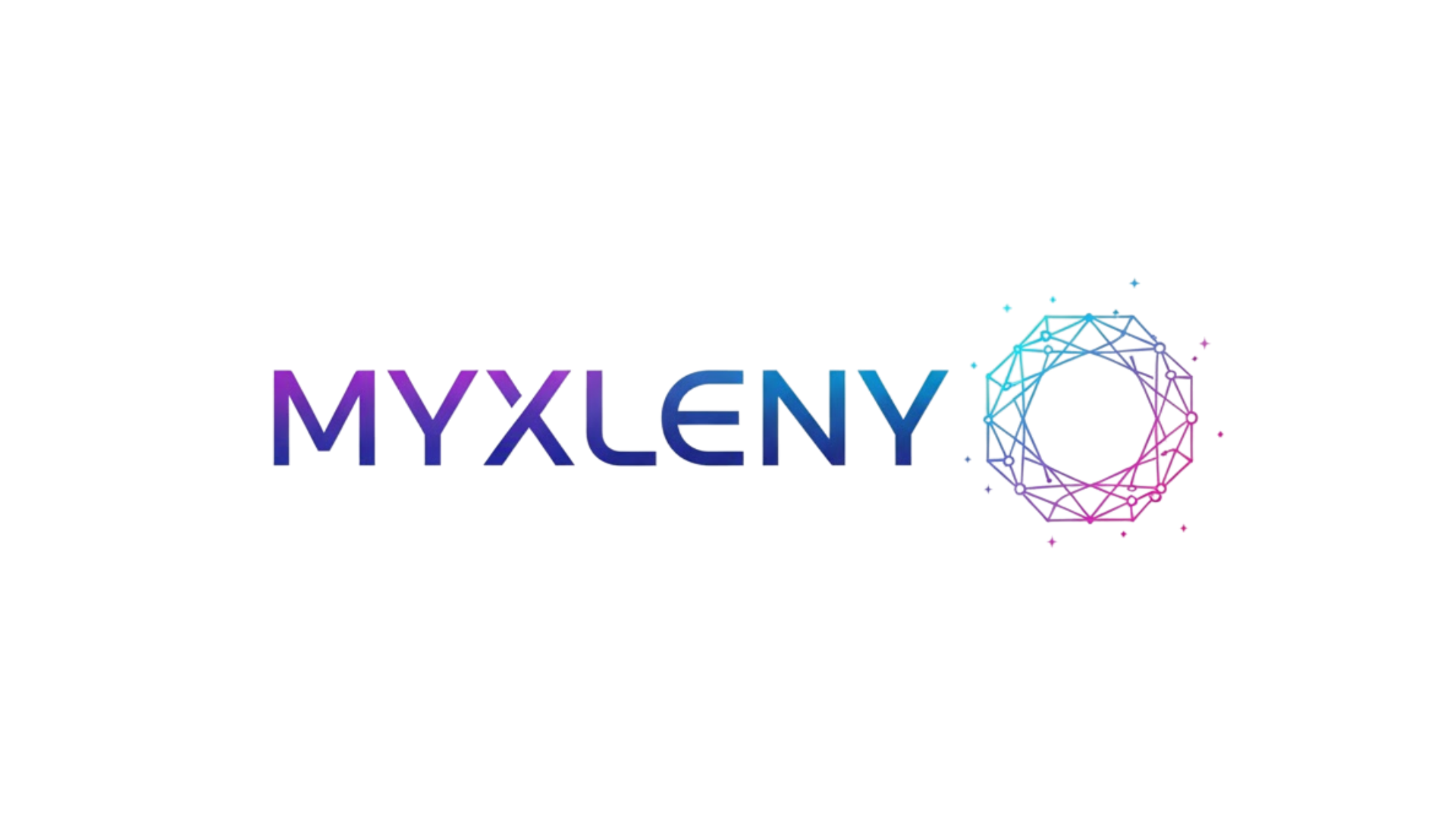Collaborative AI systems are reshaping how businesses operate, breaking traditional barriers and creating unprecedented opportunities for innovation, efficiency, and growth across every sector.
🤖 Understanding the Collaborative AI Revolution
The emergence of collaborative artificial intelligence marks a fundamental shift in how organizations approach problem-solving and innovation. Unlike traditional AI systems that operate in isolation, collaborative AI brings together multiple intelligent agents, human expertise, and interconnected data sources to create synergistic solutions that exceed the capabilities of any single component.
This collaborative approach leverages the strengths of different AI models, combining natural language processing, computer vision, predictive analytics, and machine learning algorithms into unified systems that can tackle complex, multifaceted challenges. The result is a technological ecosystem where intelligence compounds rather than simply adds up.
Organizations worldwide are discovering that when AI systems work together—and alongside human teams—they unlock capabilities that seemed impossible just years ago. From healthcare diagnostics to supply chain optimization, collaborative AI is demonstrating transformative potential that extends far beyond automation into genuine augmentation of human capabilities.
The Architecture Behind Collaborative Intelligence 🏗️
Collaborative AI systems rely on sophisticated architectures that enable seamless communication between different AI models and human operators. These frameworks incorporate several key components that work in concert to deliver enhanced outcomes.
Multi-Agent Systems and Orchestration
At the heart of collaborative AI lies multi-agent architecture, where specialized AI models focus on specific tasks while sharing insights and coordinating actions. One agent might excel at pattern recognition, another at predictive modeling, and yet another at natural language understanding. An orchestration layer ensures these specialized agents communicate effectively, share relevant information, and coordinate their outputs toward common objectives.
This orchestration goes beyond simple data passing. Advanced collaborative systems employ sophisticated protocols that allow AI agents to negotiate, prioritize tasks, resolve conflicts, and even learn from each other’s experiences. The collective intelligence that emerges from these interactions often surpasses what any individual model could achieve independently.
Human-in-the-Loop Integration
The most powerful collaborative AI systems recognize that human judgment remains irreplaceable for certain decisions. These systems incorporate human-in-the-loop mechanisms that bring human expertise into the decision-making process at critical junctures, creating a true partnership between human intelligence and artificial capabilities.
This integration allows AI to handle routine analysis and processing while escalating complex, nuanced, or ethically sensitive decisions to human operators. The feedback humans provide in these interactions continuously improves the AI’s performance, creating a virtuous cycle of enhancement.
Transforming Healthcare Through Collective Intelligence 💊
Healthcare represents one of the most promising frontiers for collaborative AI systems, where the stakes are highest and the potential benefits most profound. These systems are revolutionizing diagnosis, treatment planning, drug discovery, and patient care in ways that individual AI applications could never accomplish alone.
Diagnostic Accuracy and Speed
Collaborative AI diagnostic systems combine multiple specialized models—each trained on different medical imaging modalities, patient histories, genomic data, and clinical research—to provide comprehensive diagnostic assessments. One AI might analyze CT scans for anomalies, another cross-references symptoms with millions of case studies, while a third evaluates genetic markers for disease predisposition.
The collective analysis these systems provide gives physicians unprecedented insight, catching conditions that might otherwise be missed and suggesting treatment approaches based on the most current evidence. Studies show these collaborative systems achieve diagnostic accuracy rates that exceed individual AI models by significant margins, while also reducing false positives that lead to unnecessary procedures.
Personalized Treatment Optimization
Beyond diagnosis, collaborative AI excels at developing personalized treatment plans by analyzing patient-specific factors across multiple dimensions simultaneously. These systems consider genetic makeup, lifestyle factors, medication interactions, treatment history, and emerging research to recommend optimized therapeutic approaches tailored to individual patients.
This personalization extends to predicting treatment outcomes, adjusting protocols in real-time based on patient response, and identifying potential complications before they become serious. The collaborative nature ensures that insights from oncology AI, cardiology AI, and pharmacology AI all inform the treatment strategy for complex cases involving multiple systems.
Manufacturing and Supply Chain Renaissance 🏭
Manufacturing and logistics industries are experiencing dramatic transformation as collaborative AI systems optimize operations across the entire value chain. These applications demonstrate how collective intelligence can drive efficiency, reduce costs, and enhance resilience in complex operational environments.
Predictive Maintenance and Quality Control
Collaborative AI systems monitor equipment across manufacturing facilities, analyzing vibration patterns, temperature fluctuations, energy consumption, and production output to predict failures before they occur. Multiple AI models work together—some focused on individual machine health, others on production line coordination, and still others on supply availability—to schedule maintenance that minimizes disruption while maximizing equipment lifespan.
Quality control benefits similarly from collaborative approaches. Computer vision systems inspect products at multiple production stages, while machine learning models analyze production variables to identify conditions that lead to defects. When quality issues arise, the system traces causation across multiple factors and adjusts parameters automatically to correct problems.
Supply Chain Optimization and Resilience
Global supply chains involve countless variables, from supplier reliability and shipping logistics to demand forecasting and inventory management. Collaborative AI systems excel in this complexity, coordinating insights across procurement, logistics, demand planning, and risk management to optimize the entire chain simultaneously.
These systems proved their value during recent global disruptions, helping companies identify alternative suppliers, reroute shipments, adjust inventory strategies, and communicate changes to stakeholders in real-time. The collaborative approach ensures that optimization in one area doesn’t create problems elsewhere, maintaining system-wide efficiency and resilience.
Financial Services: Risk, Fraud, and Opportunity 💰
The financial sector has embraced collaborative AI to address challenges that require analyzing vast datasets, detecting subtle patterns, and making split-second decisions. These applications demonstrate both the power and the importance of responsible AI deployment.
Fraud Detection and Prevention
Financial fraud grows increasingly sophisticated, requiring equally advanced detection systems. Collaborative AI approaches this challenge by combining transaction monitoring, behavioral analysis, network graph analysis, and pattern recognition into unified fraud detection frameworks.
One AI agent might flag unusual transaction patterns, another identifies suspicious account relationships, while a third analyzes behavioral biometrics to detect account takeovers. The collective assessment provides security teams with comprehensive risk profiles that dramatically improve detection rates while reducing false positives that frustrate legitimate customers.
Algorithmic Trading and Risk Management
Investment firms deploy collaborative AI systems that analyze market conditions across multiple dimensions simultaneously—technical indicators, news sentiment, macroeconomic factors, competitor activity, and historical patterns—to identify opportunities and manage risk more effectively than human traders or single AI models could achieve.
These systems don’t replace human judgment but augment it, providing analysts with insights that inform better decisions. The collaborative nature ensures that risk assessment keeps pace with opportunity identification, maintaining balanced portfolios even in volatile markets.
Retail and Customer Experience Evolution 🛍️
Retail businesses leverage collaborative AI to create personalized experiences that drive customer satisfaction and loyalty while optimizing operations behind the scenes. These applications show how AI can enhance both business performance and customer value simultaneously.
Hyper-Personalized Shopping Experiences
Modern retail AI systems combine recommendation engines, inventory management, pricing optimization, and customer service into cohesive platforms that deliver personalized experiences across all touchpoints. When a customer browses products online, multiple AI systems collaborate to show relevant items, optimize pricing based on demand and inventory, predict likelihood of purchase, and even anticipate potential service questions.
This collaboration extends to physical stores, where AI systems optimize layouts, manage inventory placement, adjust staffing levels, and even influence ambient conditions like lighting and music based on customer flow and behavior patterns.
Inventory and Demand Forecasting
Collaborative AI transforms inventory management by analyzing purchasing patterns, seasonal trends, external factors like weather and events, social media sentiment, and competitive activity to forecast demand with unprecedented accuracy. Different AI models focus on different product categories, geographic regions, and time horizons, sharing insights to optimize overall inventory strategies.
The results include reduced waste from unsold inventory, fewer stockouts of popular items, and optimized working capital allocation. These improvements directly impact profitability while enhancing customer satisfaction through better product availability.
Education: Personalized Learning at Scale 📚
Educational institutions are deploying collaborative AI systems that personalize learning experiences for each student while providing educators with insights that inform better teaching strategies. This application demonstrates AI’s potential to address one of society’s most important challenges.
These systems assess individual learning styles, knowledge gaps, engagement levels, and progress rates to customize educational content and pacing for each student. Multiple AI components work together—content recommendation engines suggest materials matched to student needs, assessment systems identify areas requiring reinforcement, and engagement monitors detect when students struggle or lose interest.
For educators, collaborative AI provides comprehensive dashboards that highlight which students need additional support, which concepts require more classroom time, and which teaching approaches prove most effective. This intelligence allows teachers to focus their limited time where it generates maximum impact, improving outcomes for all students.
Challenges and Ethical Considerations ⚖️
Despite tremendous potential, collaborative AI systems introduce challenges that organizations must address thoughtfully to realize benefits while mitigating risks. These considerations shape how responsibly we deploy these powerful technologies.
Data Privacy and Security
Collaborative AI systems often require sharing data across organizational boundaries and between different AI models, raising important privacy and security questions. Organizations must implement robust data governance frameworks that protect sensitive information while enabling the collaboration that makes these systems powerful.
Techniques like federated learning, differential privacy, and secure multi-party computation allow AI systems to collaborate without centralizing sensitive data. These approaches enable collective intelligence while respecting privacy boundaries and regulatory requirements.
Bias and Fairness
When multiple AI systems collaborate, biases present in individual models can compound rather than cancel out, potentially leading to unfair outcomes. Organizations deploying collaborative AI must actively monitor for bias across the entire system, not just individual components.
This requires diverse training data, regular fairness audits, transparent decision-making processes, and mechanisms for human oversight when AI decisions significantly impact individuals. The collaborative nature of these systems demands systematic approaches to ensuring fairness throughout the decision chain.
Transparency and Explainability
Complex collaborative AI systems can become “black boxes” where the reasoning behind decisions becomes opaque even to their developers. This opacity poses challenges in regulated industries and situations where stakeholders need to understand why specific decisions were made.
Addressing this requires building explainability into collaborative systems from the ground up, with logging, decision tracing, and visualization tools that make the collaborative decision-making process transparent and auditable. Organizations must balance the performance advantages of complex collaborative systems with the need for human understanding and trust.
The Future Landscape of Collaborative AI 🚀
As collaborative AI systems mature, several emerging trends will shape how organizations leverage these technologies to drive innovation and competitive advantage. Understanding these trajectories helps businesses prepare for the next wave of transformation.
Cross-Organizational Collaboration
Future collaborative AI systems will increasingly operate across organizational boundaries, enabling entire industries to coordinate and optimize collectively. Supply chains will feature AI systems from multiple companies sharing insights to improve efficiency for all participants. Healthcare AI from hospitals, research institutions, and pharmaceutical companies will collaborate to accelerate medical advances.
This cross-organizational collaboration requires new governance models, standardized protocols, and trust frameworks that enable cooperation while protecting competitive interests. Industry consortia and regulatory bodies will play crucial roles in establishing these foundations.
Autonomous Collaboration and Learning
Next-generation systems will feature AI agents that autonomously discover collaboration opportunities, negotiate roles and responsibilities, and form temporary partnerships to address specific challenges. These systems will learn not just from their own experiences but from observing and interacting with other AI systems, accelerating capability development across the entire ecosystem.
This autonomous collaboration introduces new considerations around control, safety, and alignment with human values. Ensuring these systems remain beneficial requires ongoing research into AI safety, robust testing frameworks, and governance mechanisms that maintain human oversight without stifling innovation.
Building Organizational Readiness 🎯
Successfully deploying collaborative AI requires more than technological capability. Organizations must develop the cultural, operational, and strategic foundations that enable these systems to deliver their full potential value.
Leadership commitment proves essential, as collaborative AI initiatives require investment, patience, and willingness to rethink traditional processes. Organizations must cultivate data literacy across teams, ensuring employees understand both AI capabilities and limitations. Change management becomes critical as workflows evolve to incorporate AI collaboration.
Starting with pilot projects in specific use cases allows organizations to build expertise, demonstrate value, and refine approaches before broader deployment. These early projects should target areas where collaborative AI can deliver clear, measurable benefits while minimizing risk. Success in these initial efforts builds momentum and organizational confidence for more ambitious applications.
Partnering with technology providers, consulting firms, and academic institutions accelerates learning and reduces risk. These partnerships provide access to expertise, proven frameworks, and broader ecosystems that enhance chances of success. The collaborative nature of these systems extends to the implementation process itself.

Unleashing Collective Intelligence for Tomorrow
Collaborative AI systems represent more than incremental technological advancement—they embody a fundamental reimagining of how intelligence, whether human or artificial, can be organized to solve complex problems. By enabling AI agents to work together and alongside human experts, these systems unlock capabilities that seemed like science fiction just years ago.
The industries being transformed today represent only the beginning. As collaborative AI matures, virtually every sector will discover applications that drive efficiency, innovation, and value creation. The organizations that embrace this transformation thoughtfully—building technical capabilities while addressing ethical considerations—will shape the future of their industries.
Success in this new era requires balancing enthusiasm for AI’s potential with realistic understanding of its limitations and challenges. It demands investment in technology, people, and processes. Most importantly, it requires commitment to developing and deploying these powerful systems responsibly, ensuring they benefit society broadly rather than concentrating advantages narrowly.
The revolution is underway. The question for every organization is not whether collaborative AI will transform their industry, but how quickly they can harness its power to create value, serve stakeholders, and build sustainable competitive advantage in an increasingly AI-driven world. Those who act decisively today position themselves to lead tomorrow.
Toni Santos is a future-of-work researcher and social innovation writer exploring how technology, culture, and global mobility are redefining what it means to work and thrive in the 21st century. Through his studies on automation, digital nomadism, and workforce transformation, Toni examines the balance between progress, adaptability, and human purpose in a rapidly changing world. Passionate about remote collaboration systems and digital inclusion, Toni focuses on how emerging tools and global connectivity empower individuals to build meaningful, flexible, and resilient careers. His work highlights how automation and new work models can coexist with creativity, empathy, and social value. Blending sociology, economics, and digital strategy, Toni writes about the human side of innovation — helping readers understand not only where work is heading, but how to align with its transformation responsibly and purposefully. His work is a tribute to: The evolving relationship between automation and human employment The rise of global, location-independent lifestyles The power of resilience and adaptability in the modern workforce Whether you are a freelancer, remote leader, or curious observer of the new economy, Toni Santos invites you to explore the future of work — one idea, one connection, one transformation at a time.




